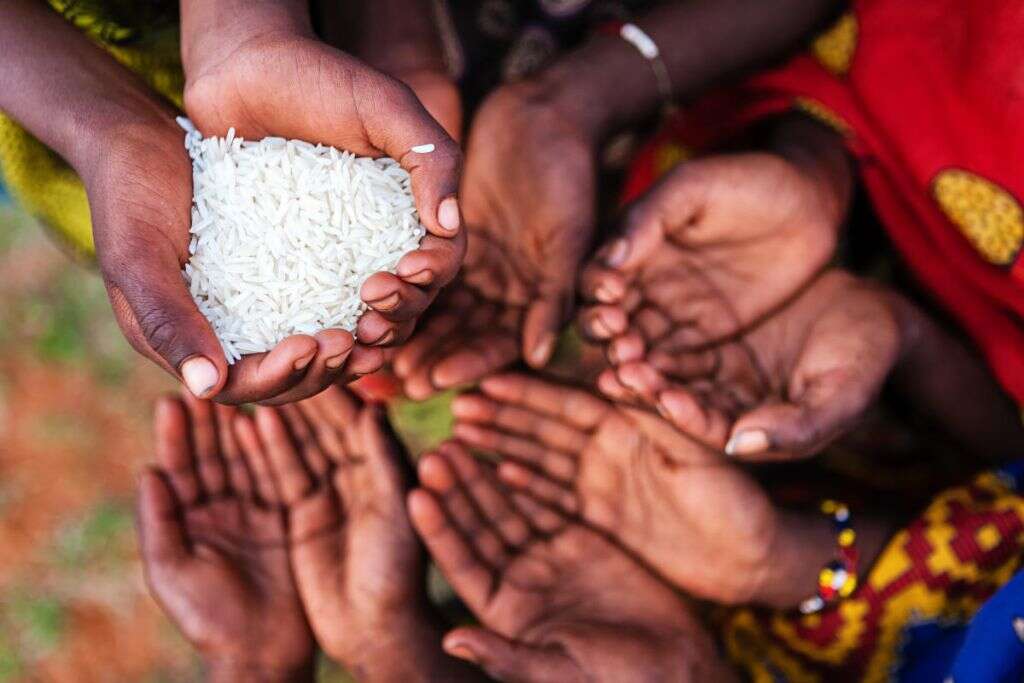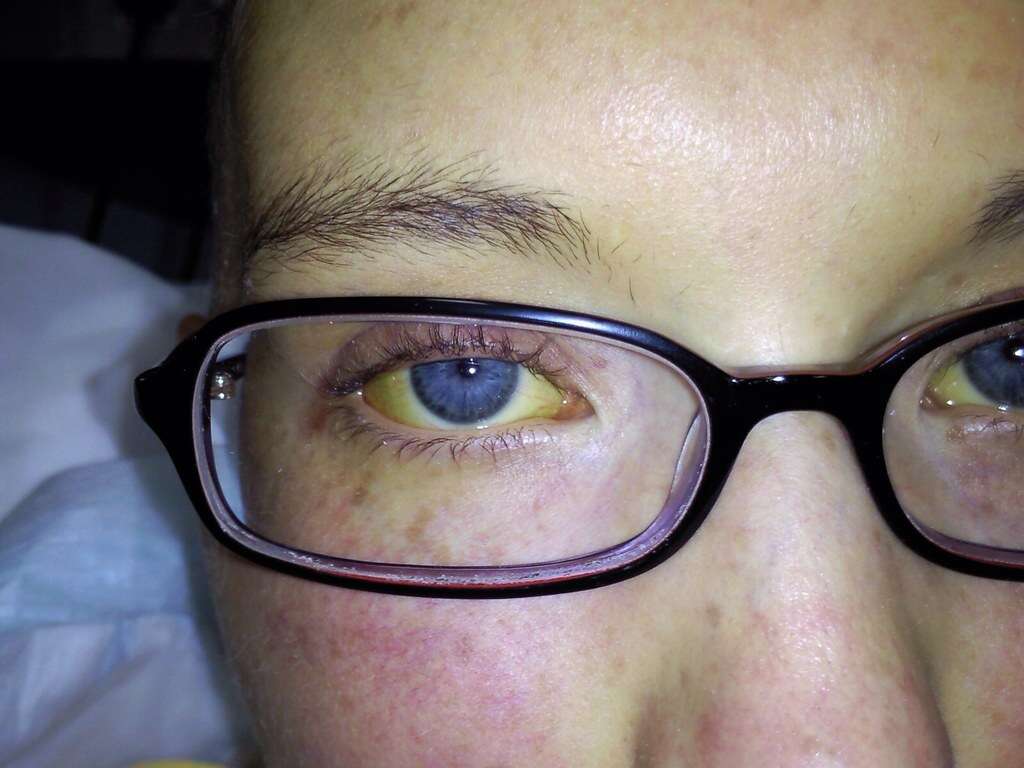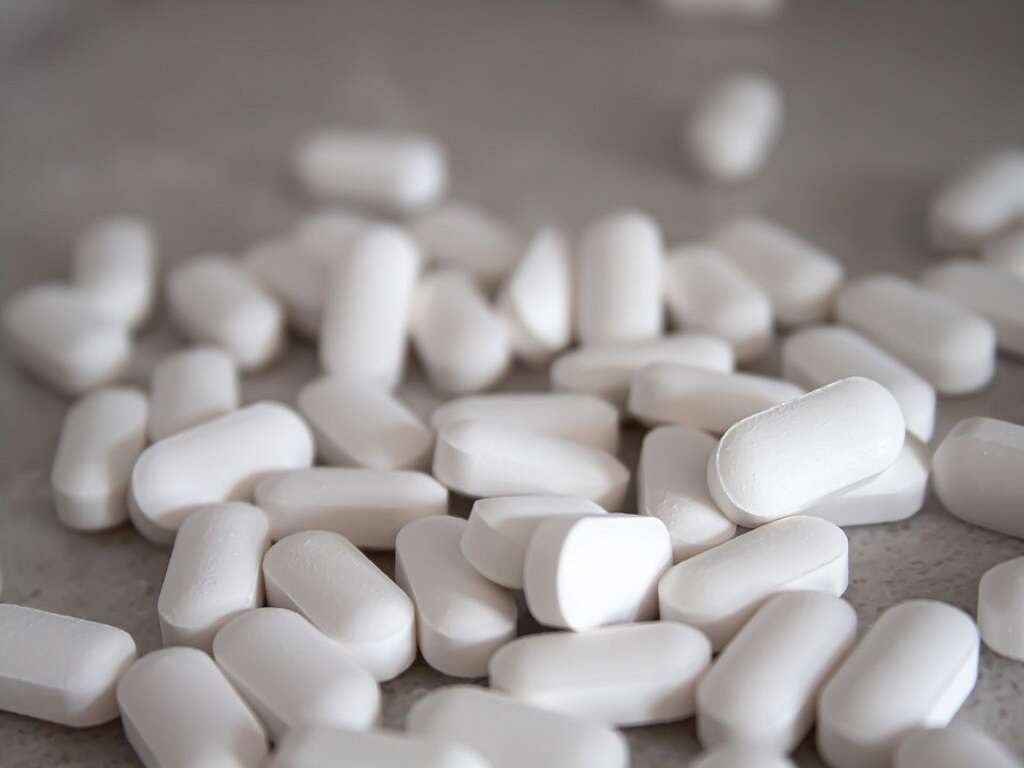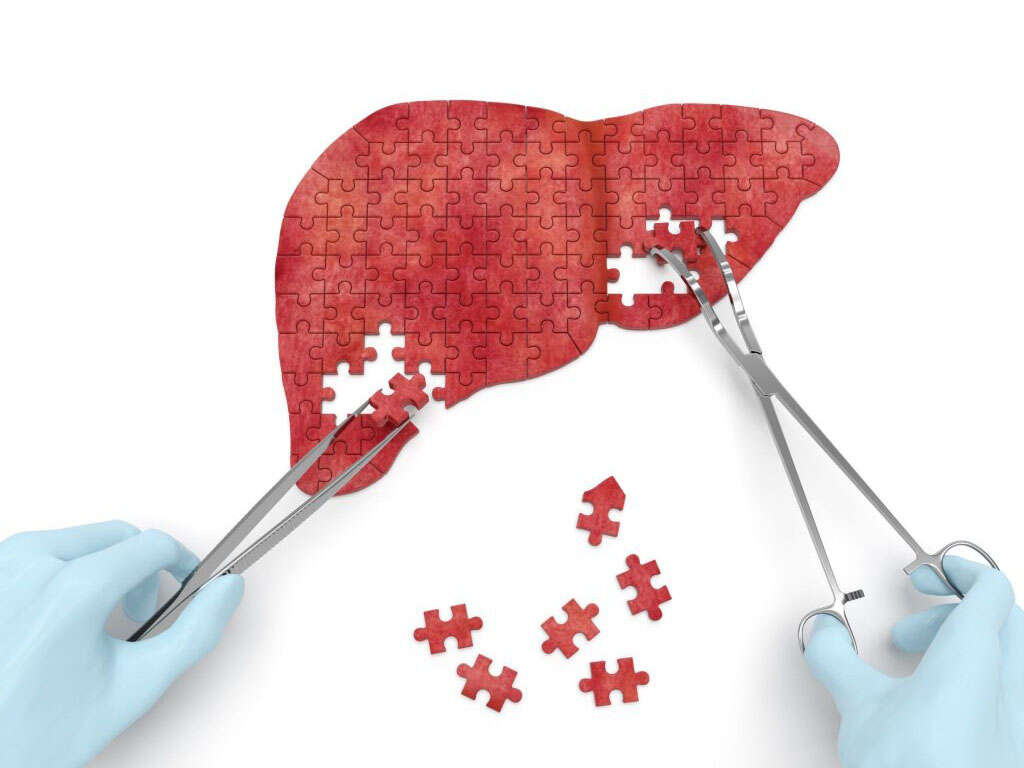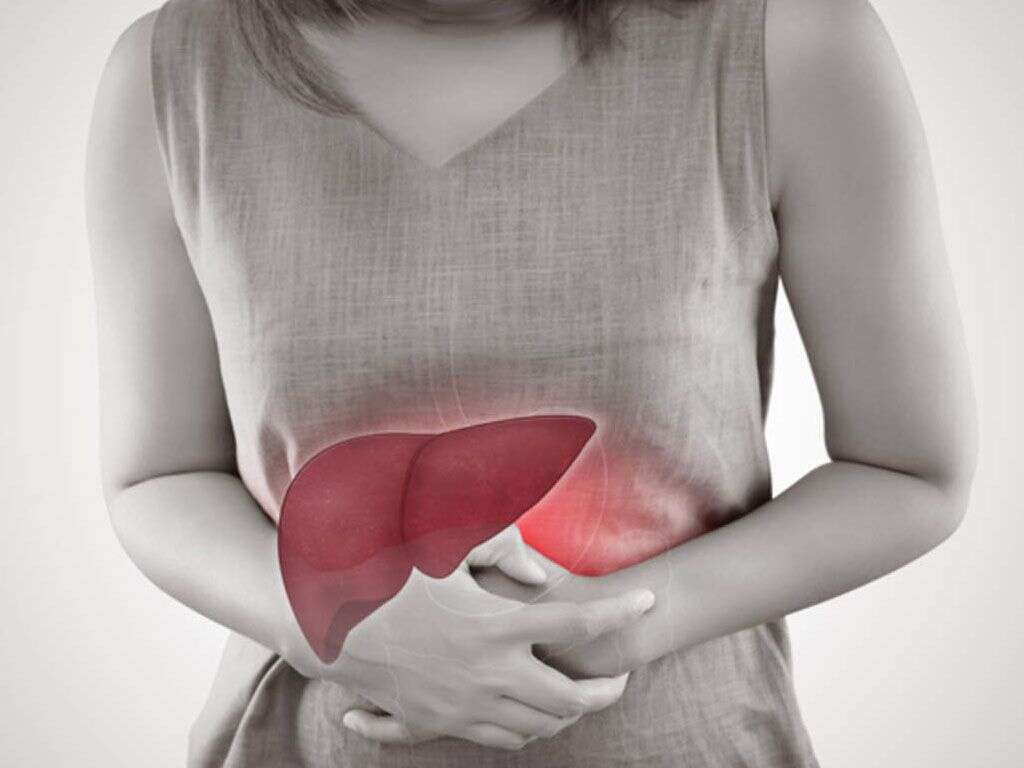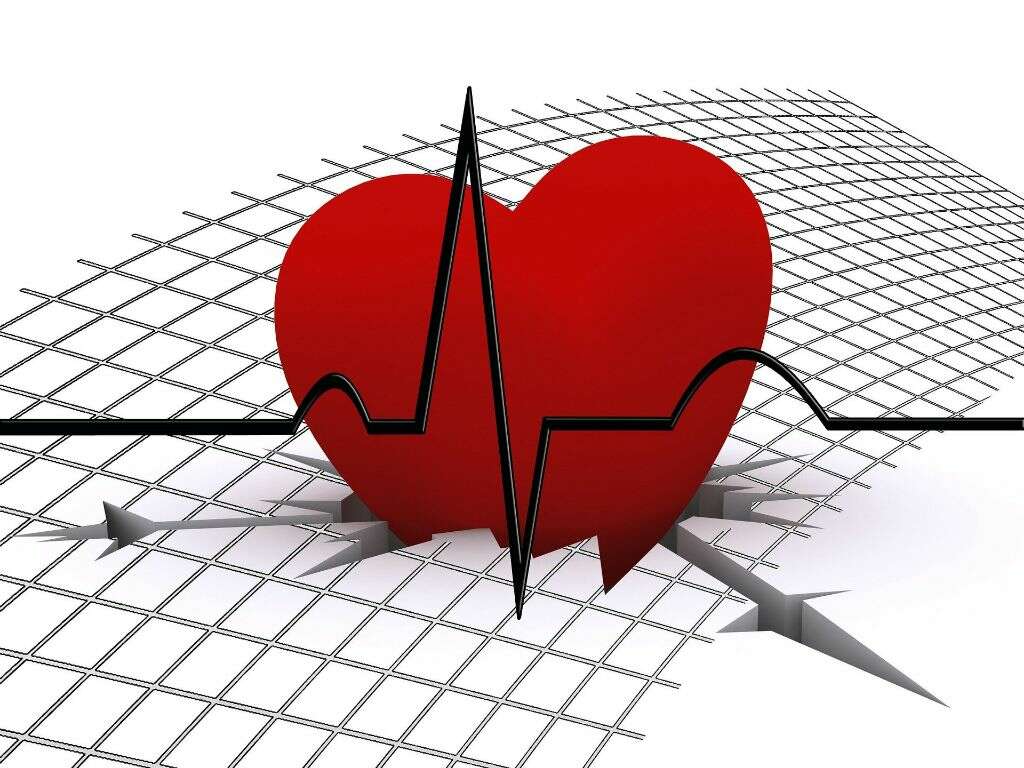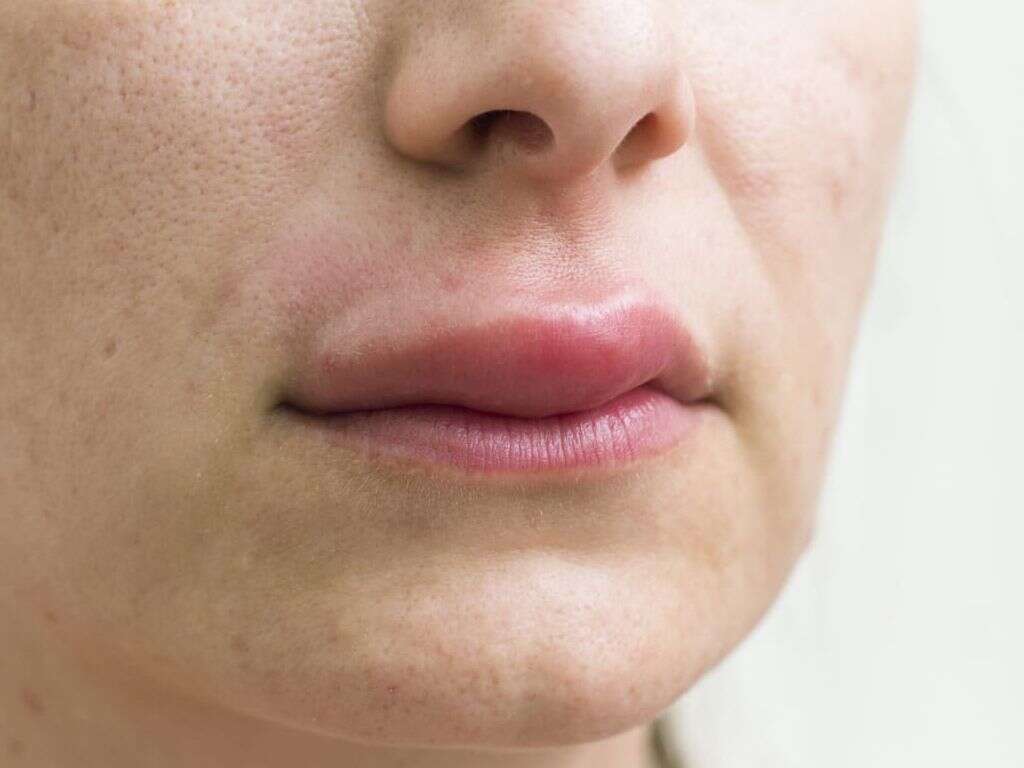What Is Kwashiorkor?
Malnutrition is a condition where the patient is not getting the nutrition that they need. Often this will be because the patient is not getting enough food. It will also sometimes be because the patient is not getting the right type of food. Regardless, malnutrition is a condition that needs to be taken seriously.
There are different types of malnutrition, according to which nutrients the patient is lacking. The symptoms of each type can vary considerably, and some types are downright dangerous. Perhaps one of the most striking, and heart breaking, types of malnutrition tends to affect children, and it is known as kwashiorkor.
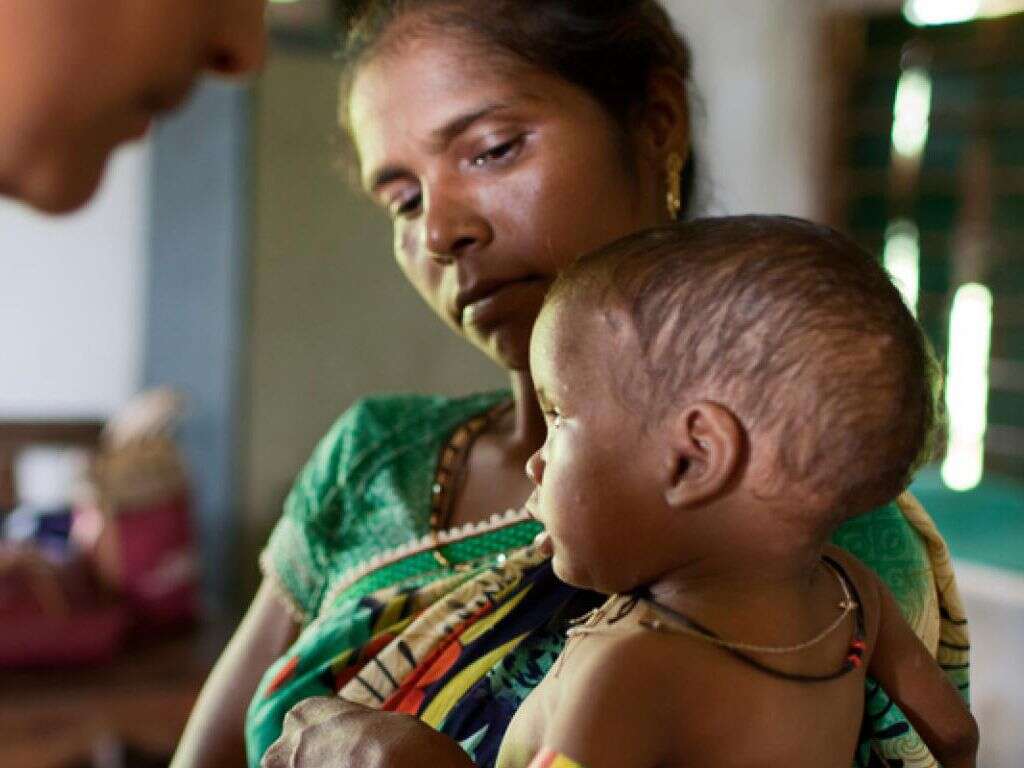
1. Protein
Protein is an extremely important nutrient for us. It helps to make up the very building blocks of our bodies, helping us to grow larger and stronger. It is also essential in helping to repair any damage that might have taken place. What’s more is that protein is also important for various process in the body.
We cannot be without protein, and we will fall very ill if we do not get enough of it. For most of us, this is not a problem as we can get all the protein that we need from the food that we eat. Not everybody is fortunate enough to say this, however.

2. Kwashiorkor
Kwashiorkor is a severe form of malnutrition. It is also known as edematous malnutrition, so named because of the tendency of patients to develop edema. It is extremely rare in developed countries where the vast majority of people have sufficient food. It is, however, more common in impoverished parts of the world where famines can strike.
Kwashiorkor is a result of the patient not getting the protein that they need. The patient might still get sufficient volumes of food, but the food will still not have the protein content that they need. The condition is typified by the patient having a swollen belly, feet, and ankles, while the rest of their body is emaciated.
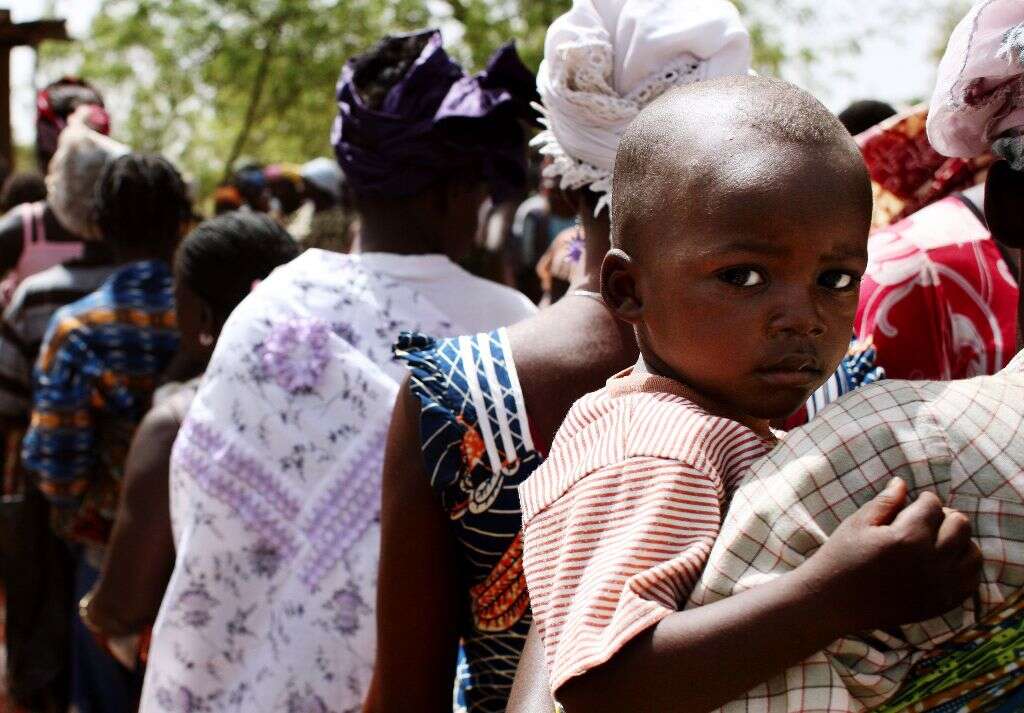
3. Marasmus
Another condition that is associated with kwashiorkor is marasmus, which is also caused by malnutrition. As with Kwashiorkor, marasmus is caused when the patient doesn’t have access to food the provides the right type of nutrition. It mostly affects young children in impoverished parts of the world.
Marasmus can also cause edema, in addition to the patient becoming very thin. The condition is treatable, and treatment for the condition is very similar to the treatment of kwashiorkor. Despite the condition being treatable, it can result in permanent complications and it can lead to death, so it should always be treated wherever possible.
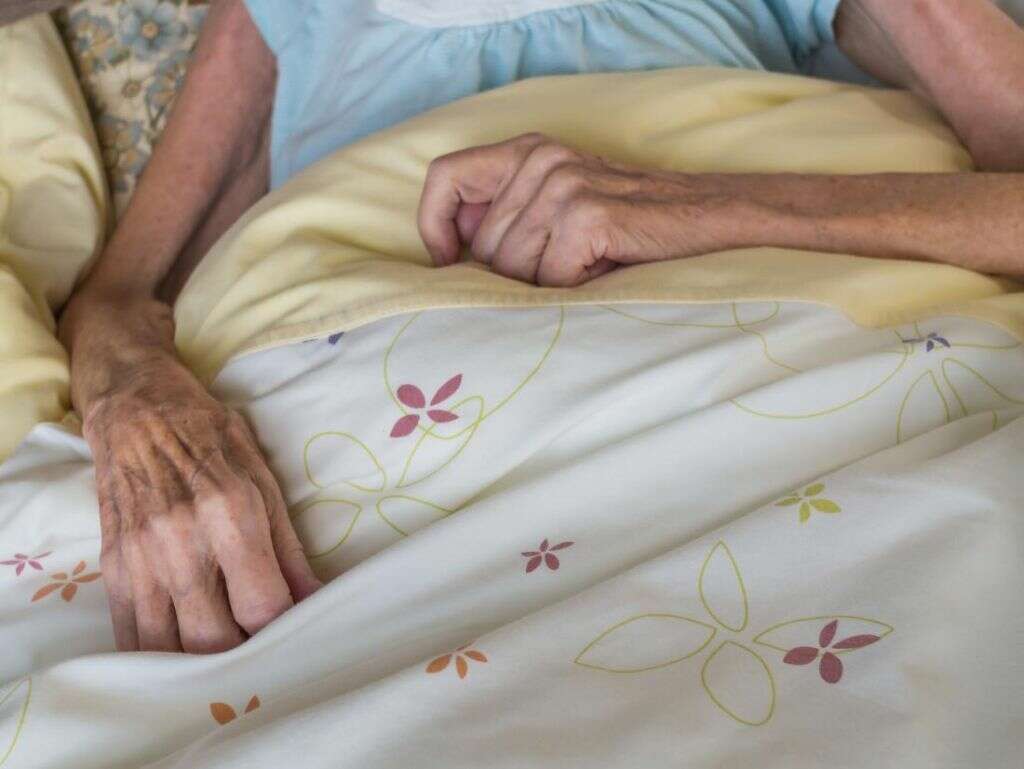
4. Causes?
As mentioned, kwashiorkor is the result of not having enough protein in your diet. Situations like wars and natural disasters can impact the already limited distribution of food, meaning people have little to nothing to eat. In some cases, people may simply not be aware of the need for protein in a diet.
If it does occur in children in developed countries, it could be a sign that the child is undergoing abuse and their situation should be checked out. It might also be caused in people that have other medical conditions that are making it difficult to eat and/or absorb the nutrients that they need.
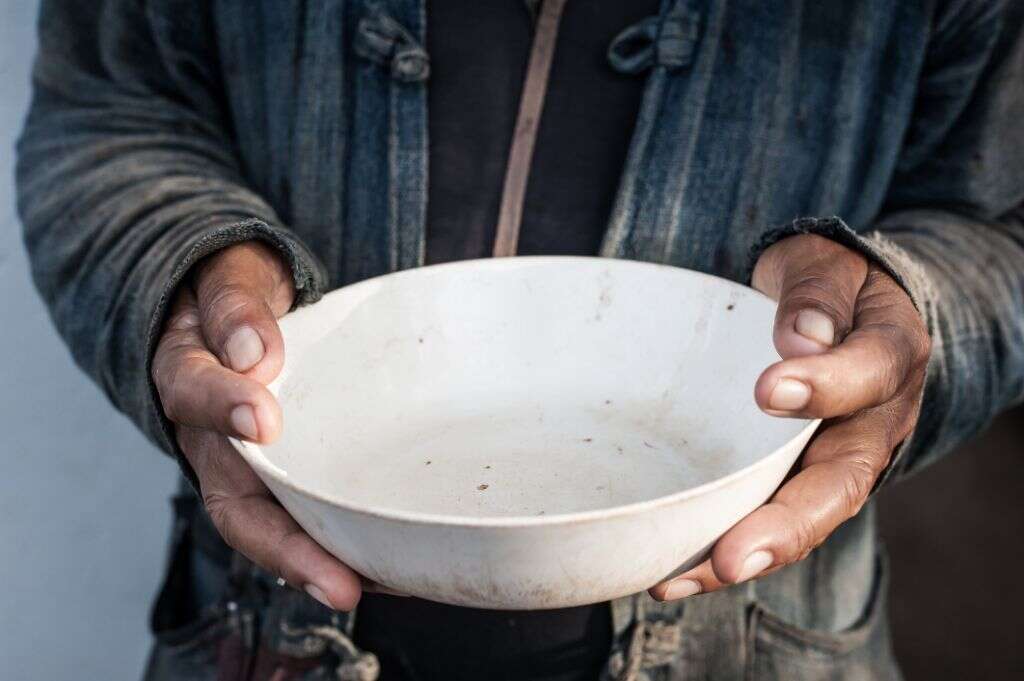
5. Body Mass
The symptoms of kwashiorkor can be quite startling in appearance as the patient can become quite emaciated. Any muscle or fat they did have will waste away, and the patient’s skeleton can often be clearly seen just beneath the surface of their skin. It will also cause the patient’s growth to be stunted.
Perhaps the most noticeable symptom of the condition is edema, which is a swelling caused by fluid retention. The patient ankle’s and feet can become swollen and, perhaps more noticeably, their belly. Their bellies can become extremely swollen which stands out even more against their emaciated body.
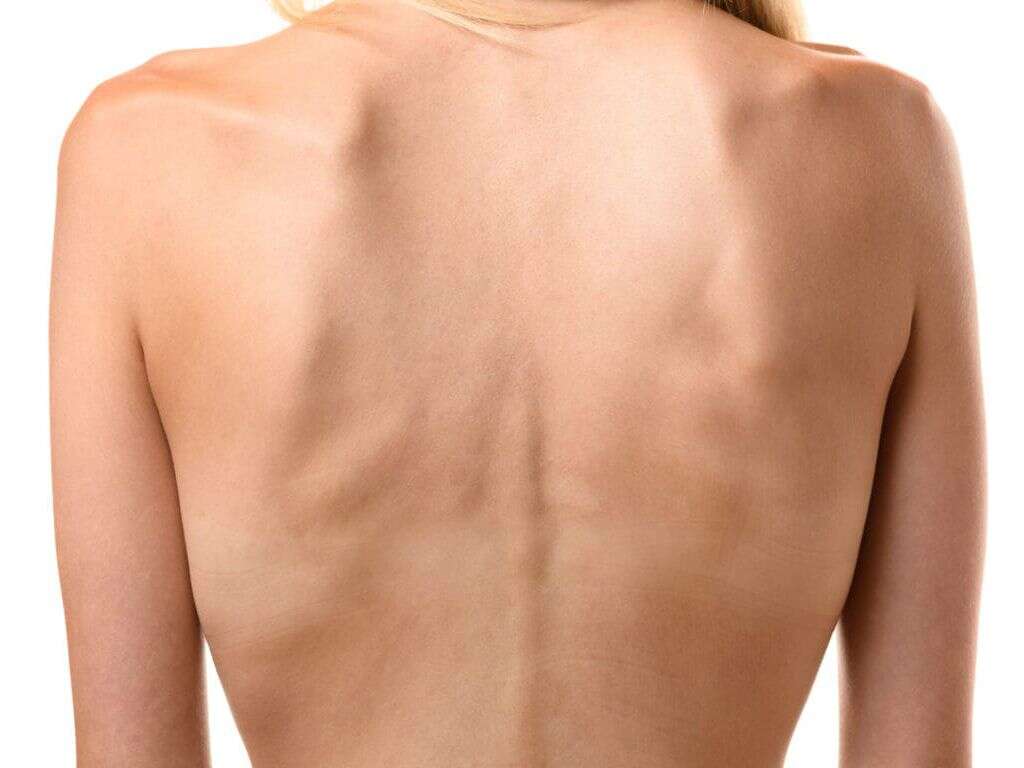
6. Other Symptoms
In addition to profound changes in their body mass, the patient will also likely experience some other symptoms. For example, the patient is likely to feel extremely fatigued much of the time, and they are also likely to be feeling quite irritable. The condition will also often lead to diarrhea.
A flaky rash can develop on the patient’s skin, while their hair and skin can also change to a rust color. The immune system will also be weakened and this will make the patient more prone to developing more diseases. The condition will also result in shock in some cases.

7. Complications
If treatment for the condition is not found soon enough then some very serious complications can develop. These include shock, as mentioned, as well as coma and organ failure. If left untreated for long enough, the condition can even result in a fatality.
In addition, those that do survive can experience permanent disabilities from the condition. The disabilities acquired can be both mental and physical. This can be especially difficult to deal with for people that already live in impoverished parts of the world, while stunted growth can mean that the patient will remain smaller than they otherwise would be.

8. Diagnosis
The symptoms of kwashiorkor are likely to stand out quite noticeably, giving doctors a good idea of what the problem is likely to be. The symptoms still share similarities with other malnutrition conditions, however, so a doctor is likely to want to perform tests to get a confirmation.
Experts will look for signs of an enlarged liver, and blood and urine samples may be taken to look for sugar and blood levels in the blood. The patient’s blood and urine can also be analyzed to help look for other signs of malnutrition. This includes levels of potassium and creatinine, arterial blood gas, and a complete blood count may also be requested.

9. Treatment
Treatment for the condition is actually straightforward, at least when the treatment is available. It involves ensuring that the patient has enough protein in their diet, and also ensuring that they are taking on all the calories that they need. The sooner treatment is provided, the more likely the patient is to make a full recovery.
In addition, it should be ensured that the patient’s diet also gives them the other nutrients that they need. The increase in protein and calories should be done gradually to allow the body to adjust again. It will be necessary for the patient to continue to be given a nutritious diet to prevent kwashiorkor from returning.

10. Balanced Diet
As mentioned, a diet that has plenty of protein will help to prevent kwashiorkor. Protein is particularly plentiful in animal meats, fish, and dairy products. It can also be found in other food like beans, nuts, and seeds. Supplements may be provided in areas where protein-rich foods are scarce.
Protein is not the only nutrient that is needed, of course. Eating a balanced diet of a variety of food, including meats, fish, fruits, and vegetables will help to ensure that people get the full variety of nutrients that they need. Again, supplements are often available that can be used to help sure people get the full range of nutrients that they need.
